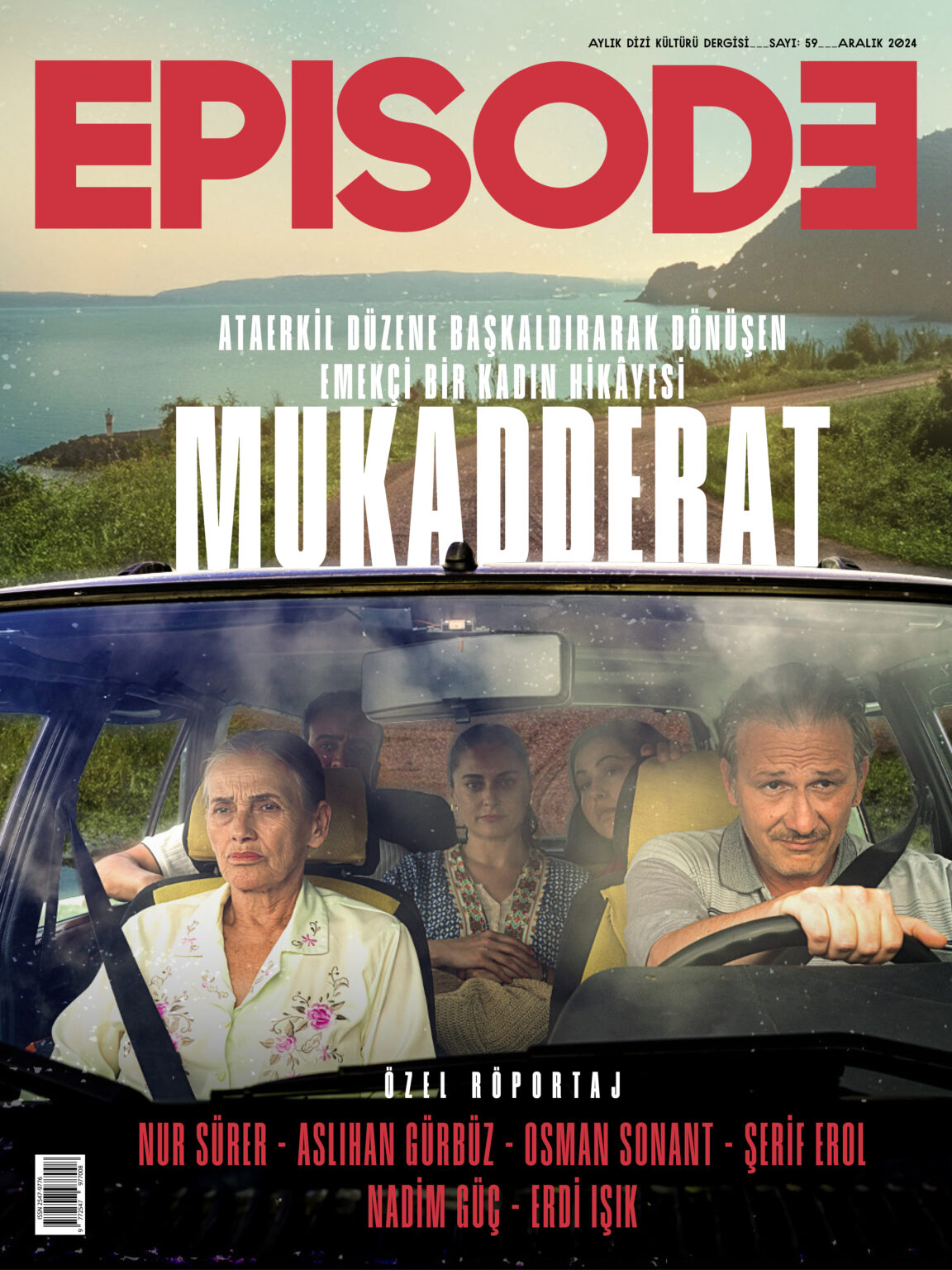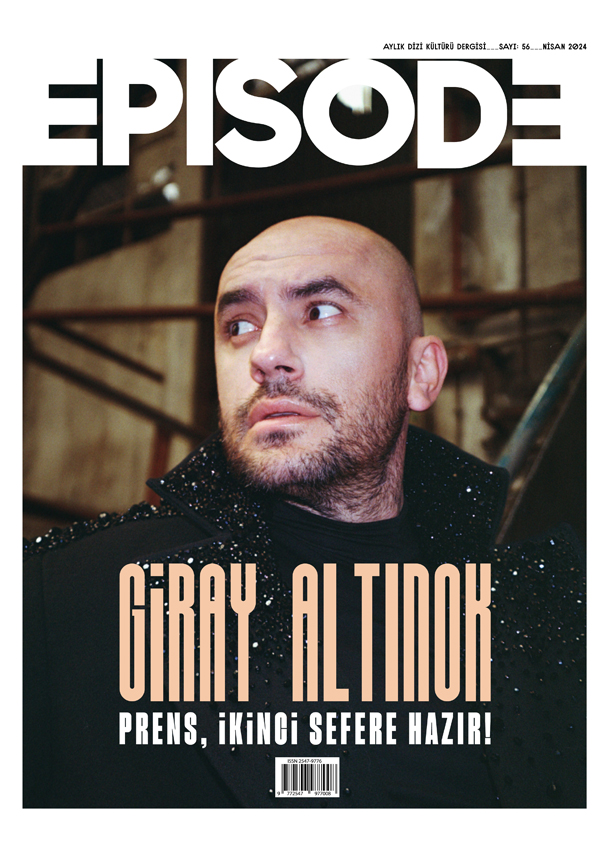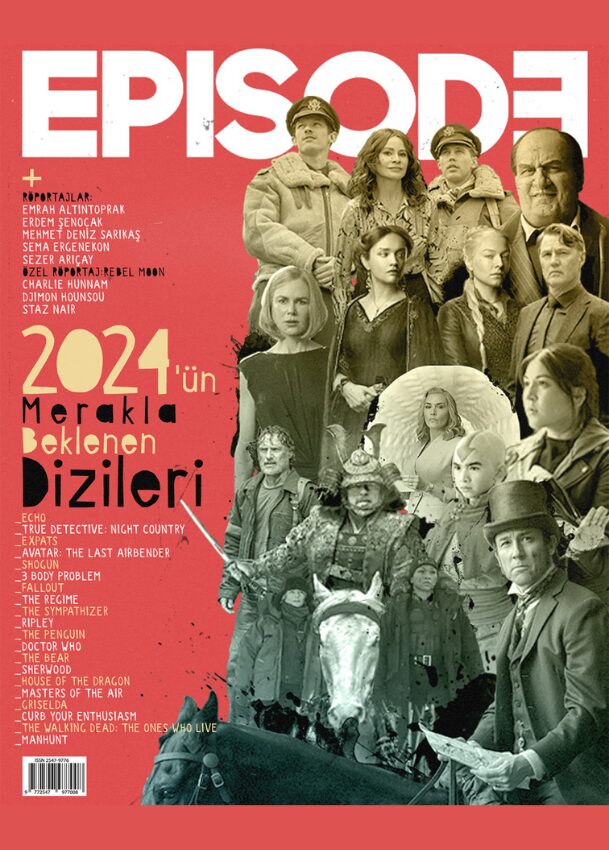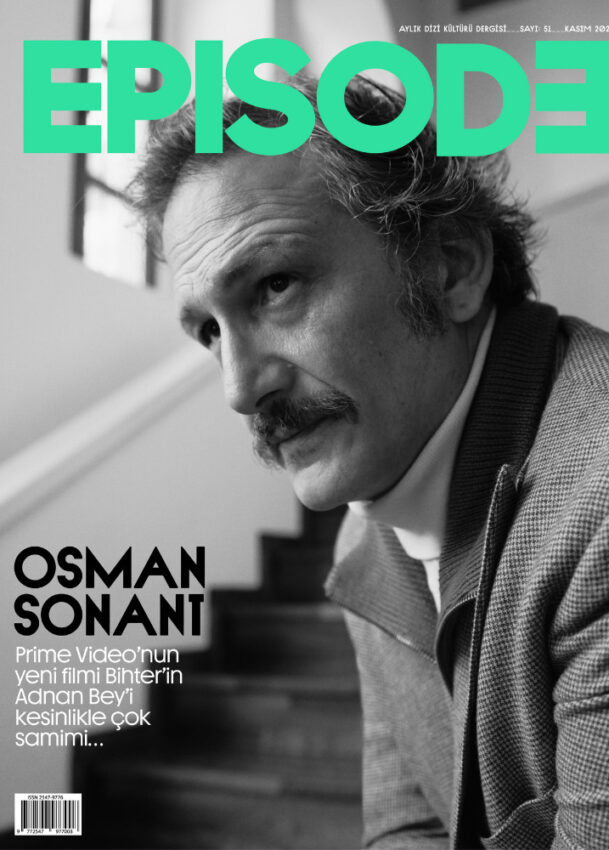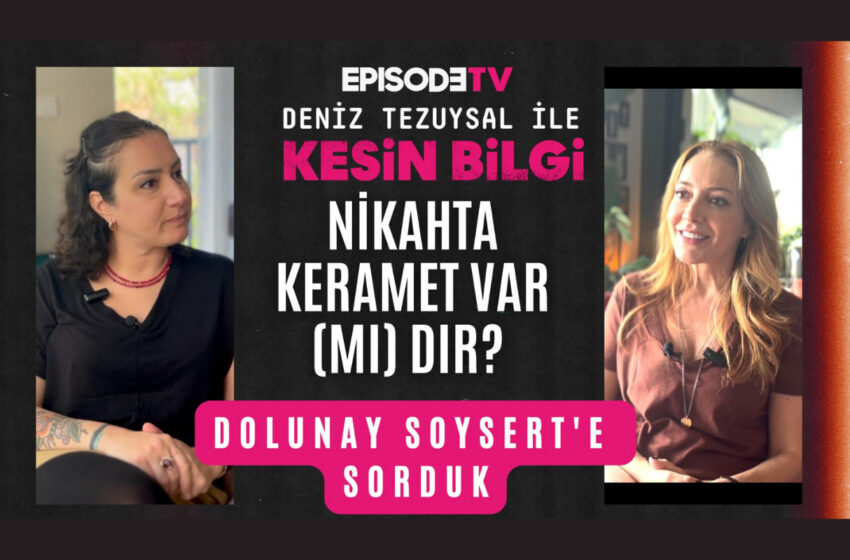The show Blooming Lady, which has garnered great interest and admiration from everyone who’s watching, offers a story in which women living in this region see a reflection of themselves and feel as though a mirror is held up to them. Blooming Lady is centered around the character Bahar, after whom it is named. Bahar is a medical school graduate, a doctor, but having married young and become a mother, she has never practiced her profession. She leads a life entirely structured around her children, husband, and mother-in-law, spending most of her day in the kitchen, occupied with household chores. As we delve deeper into Bahar’s life, we see a woman overwhelmed by all these tasks but unaware of or choosing to ignore her oppression, always trying to smile and look at the positive side of things. She is a woman who has embraced her home and everyone and everything in it. Bahar embodies traditional gender roles. She exists as a mother, wife, and daughter-in-law; she is self-sacrificing, nurturing, overlooked, able to exist within the household through her chores, non-rebellious, and striving to find a middle ground. Bahar’s husband is one of Türkiye’s leading successful surgeons and comes from a wealthy family. Bahar is a character who seeks for happiness of her children while living under the dominance of her husband and mother-in-law. She has ignored her own existence in order to ensure that no one is unhappy. In this story, we will witness how a woman becomes a hero within her own narrative. Therefore, in the classic narrative, the evolution and transformation of heroes within the story provide us important clues.
The Hero with a Thousand Faces
In the general series narrative, the hero is the main character who is seen the most on screen and around whom the story is centered. The hero is engaged in a struggle with the problem that shapes the story and those who create this problem. With hero stories explored in oral or written culture, the functions and paths of the hero do not change in classical narratives either. In his work The Hero with a Thousand Faces where he examines myths, Joseph Campbell states that the hero’s journey in mythologies consists of the stages of departure, the initiation, and return. The hero in Blooming Lady narrative progresses through the story with similar motifs. The character Bahar, who gives the series its name, will also tell a story to the audience by going through the same paths. The initiation phase is a process where the character becomes stronger and faces various challenges, but the hero will also develop and become stronger. Bahar’s story, centered around the first four episodes, references the “road of trials” from Campbell’s work. The initiation processes that Bahar needs to cope with and struggle through:
Woman is Wolf to Woman – ‘Blooming Lady’
When watching the conflict among the characters in the story, one can’t help but think of the phrase “Homo homini lupus,” meaning “man is wolf to man.” The main female character of Blooming Lady, Bahar, fights her greatest battles not against men but against women. The ones standing in the way and hindering a woman’s desire to take control of her life are, once again, women. Bahar’s mother-in-law, Nevra, her husband’s mistress, Rengin, and her daughter, Umay (in the first three episodes) are at the forefront of this. Blooming Lady progresses along the axis of the struggles, conflicts, and power battles of the female characters. These female characters, who are portrayed as “strong,” also show a tendency to oppress other women while being oppressed within the patriarchal system themselves. However, Bahar, through passive resistance, is able to fight against all these.

Manipulation
Bahar, who is in the lower tier of the household hierarchy, is also subjected to various manipulations by those who do not want to accept her change and transformation. Her husband’s condescending and know-it-all attitude, both at home and at work, presents us with the manipulation technique also known as “mansplaining.” Bahar is evolving by becoming newly aware of this attitude, which she has been exposed to and accepted for years. Additionally, she faces various psychological strains such as infidelity, oppression, lying, mobbing, blame, and emotional manipulation.
Work Life and Mobbing
The mobbing that begins during Bahar’s job interview continues throughout her time at work. First her illness and then her age lead to prejudices against her. Those who are uncomfortable with Bahar at the hospital approach her with biases such as oppression, accusations of incompetence, and implications of inadequacy. She is subjected to constant verbal abuse. As her recently gained self-confidence is on a knife-edge, Bahar fights against all these negative attitudes by taking the high road.
Super Mom Syndrome
Working women experience a combination of stress and a sense of being overwhelmed due to their increasing roles and responsibilities. The pressure of the society, the expectations of family members, and the effort to prove themselves while trying to balance work and social life makes many women excessively strained. In a culture where a woman’s primary duty is motherhood, working women also face the pressure of being accused of neglecting their children. This is one of the challenges presented in Blooming Lady through the character of Bahar. Her unexpected decision to start working and her efforts to fulfill her job’s requirements lead to implications that she is neglecting her home, children, and husband. Bahar is even blamed for her daughter’s accident due to her working. Yet, Bahar does not give up on her job and her ideals. No matter how difficult it is, she manages to find the energy to handle her home, children, and job simultaneously.

Bahar experiences all these as part of her initiation process. These challenges serve as stages that gradually strengthen the hero. Despite the opposition and interventions from those around her, her effort to continue her life from where she left off presents us with a character who rises from being an object to becoming a subject. The transformation of a character who has confined herself to her home, been held back from her potential, had her self-confidence shattered, existed through sacrifice, and received neither material nor emotional recognition for her efforts, offers a story that can inspire everyone. By reflecting the lives of many women, it also raises awareness. It is important to note that the presentation of a woman’s struggle with herself and the values imposed on her within a male-dominated society becomes much more impactful when presented with elements of heroism. The narrative should continue to be developed within the framework of heroism rather than turning it into a fairy tale. This is because “in a hero’s narrative, the hero of a fairy tale achieves victories within their own realm, whereas the hero of a myth achieves victories that influence the entire world.” (Campbell, 2013)
This article, written by Zeynep Gürer and Mert Gürer, was featured in the 55th issue of Episode.
Read our exclusive interviews with the cast of Blooming Lady by clicking here.
























